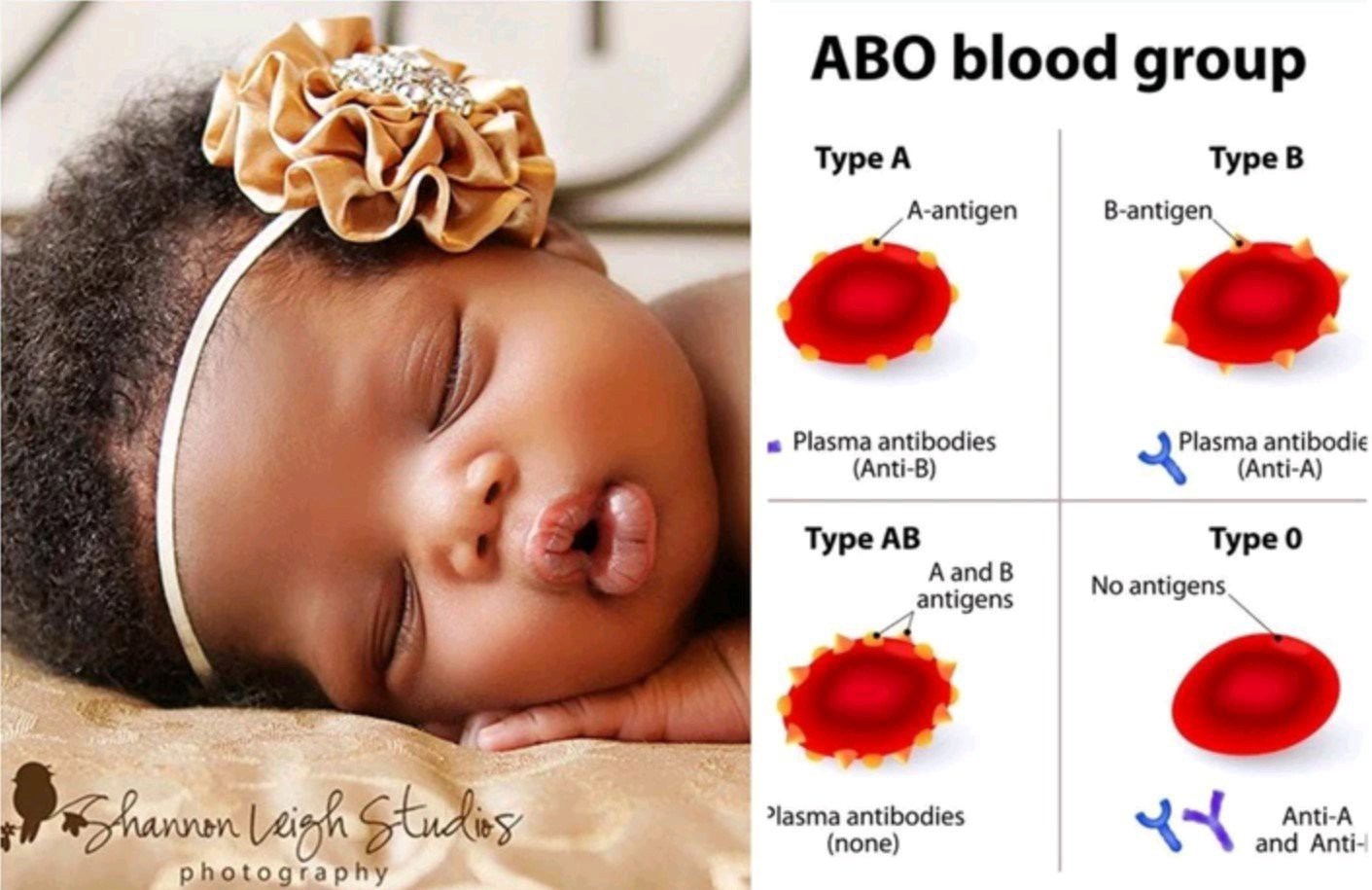
Determining the paternity of a child without resorting to a DNA test can be challenging, but there are alternative methods and indicators that people can consider to gain some insights. Here’s an expanded look at various ways to ascertain the paternity of a child without a DNA test:
1. Eye Color, Earlobe, and Hair Color Test:
Observing physical traits like eye color, hair color, or earlobe characteristics can provide some clues about paternity. These traits are inherited from biological parents. Using an Ident gene calculator to assess the likelihood of paternity based on these features can be informative.
2. Conception Date and Menstrual Cycle:
Tracking the menstrual cycle can help both partners gain a better understanding of when conception could have occurred. If there is a significant discrepancy between the timing of intimacy and the pregnancy, it may raise doubts about paternity.
3. Genetic Behavior:
Specific behavioral traits and tendencies can be inherited from biological parents. Observing a child’s behavior as they grow may reveal similarities with one of the potential fathers, providing a subtle clue about paternity.
4. Spiritual and Emotional Connection:
Some believe that a spiritual and emotional bond exists between fathers and their children. While this is not a scientifically validated method, some individuals claim they can sense a connection with their child on a deep level. The absence of such a connection may raise doubts about paternity.
5. Blood-Type Test:
Blood type compatibility can be an indicator of paternity. Knowledge of the parents’ blood types can help determine if the child’s blood type is consistent with their biological father’s. However, this method is not definitive as multiple blood type combinations can result in various scenarios.
6. General Appearance and Resemblance:
The physical resemblance between a father and a child can provide some clues about paternity. However, this method can be subjective and may not always be accurate, as some children may take after one side of the family more than the other.
It’s essential to note that these methods are not foolproof, and there is no substitute for the accuracy of a DNA test when determining paternity. DNA testing remains the most reliable and scientifically accepted method for confirming biological relationships. While these alternative methods may offer some insights, they should be used cautiously and in conjunction with open and honest communication within the family.